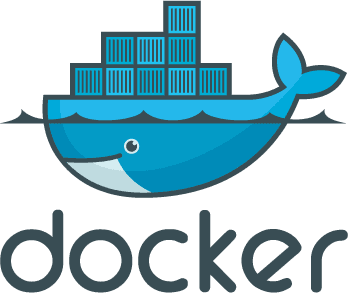
Containers vs serverless computing are frequently looked upon as engaging development technologies. However, if integrated both can be a strong combination. It can be difficult to decide which one will be best for you. Read along to have an idea.
What is a container?
It is a lightweight, single, feasible package of a software piece. It includes all required for running it such as code, system tools, and libraries, runtime as well as settings. It will be solving the problem related to running the software when it is moved from a computing environment by isolating it essentially from its surrounding. For example, containers will let you move the software from development to staging as well as from staging to production along with running it trust worthily irrespective of every environments’ differences.
Pros:
- Great control as well as flexibility
- The migration path is easier
- Portable
Cons:
- Administrative work
- Slower extensibility
- Difficult to begin
- Greater manual intervention
- Huge running costs
What is a serverless?
It is known to be a development approach that replaces virtual machines running for a long time with computing power coming into existence on some demand as well as disappears right away after use. Regardless of the name, some servers are involved to run the application. The cloud service provider will manage these servers as well as they will not run always. You will be able to configure events like API requests or upload of files that trigger the serverless function for execution. Once the action gets completed, the server stops working until there is a request for another action. You will never be billed for any idle time.
Pros:
- No administration
- Pay as per execution
- No cost for any idle time
- Auto scaling
- Clear separation of codebase
- Much lower administration as well as maintenance load
- Quick time-to-market
Cons:
- Zero standardization
- Cold starts
- Black box surrounding
- Difficult to build complex apps
When should you make use of each of them?
Containers will be best used for any complex applications running long where you will be requiring huge control over your surrounding as well as you will have all resources for setting up and maintaining the application. They will also be very beneficial to migrate monolithic legacy apps to the cloud. You can break these applications into some containerized microservice as well as orchestrate them by making use of a tool. They are perfect for apps such as any large e-commerce site which will contain product listings, inventory management, payment processing, and so on. Containers can be used for packaging each service without worrying about any time limit and memory issues.
Serverless will be best applied for applications that require to be ready for performing tasks but do not need to run always. For example, they will be a great selection for the Internet of Things app detecting the presence of water for identifying any leak in a water storage facility. The app must be ready to perform during any leak even if it does not run always. They will be perfect when development speed as well as cost minimization is overriding along with you are not interested in managing extensibility issues.
Final words
Select containers when you will require flexibility and when you require to migrate any legacy service. Select serverless if you require speed of development, any automatic scaling as well as remarkably reduced runtime prices.